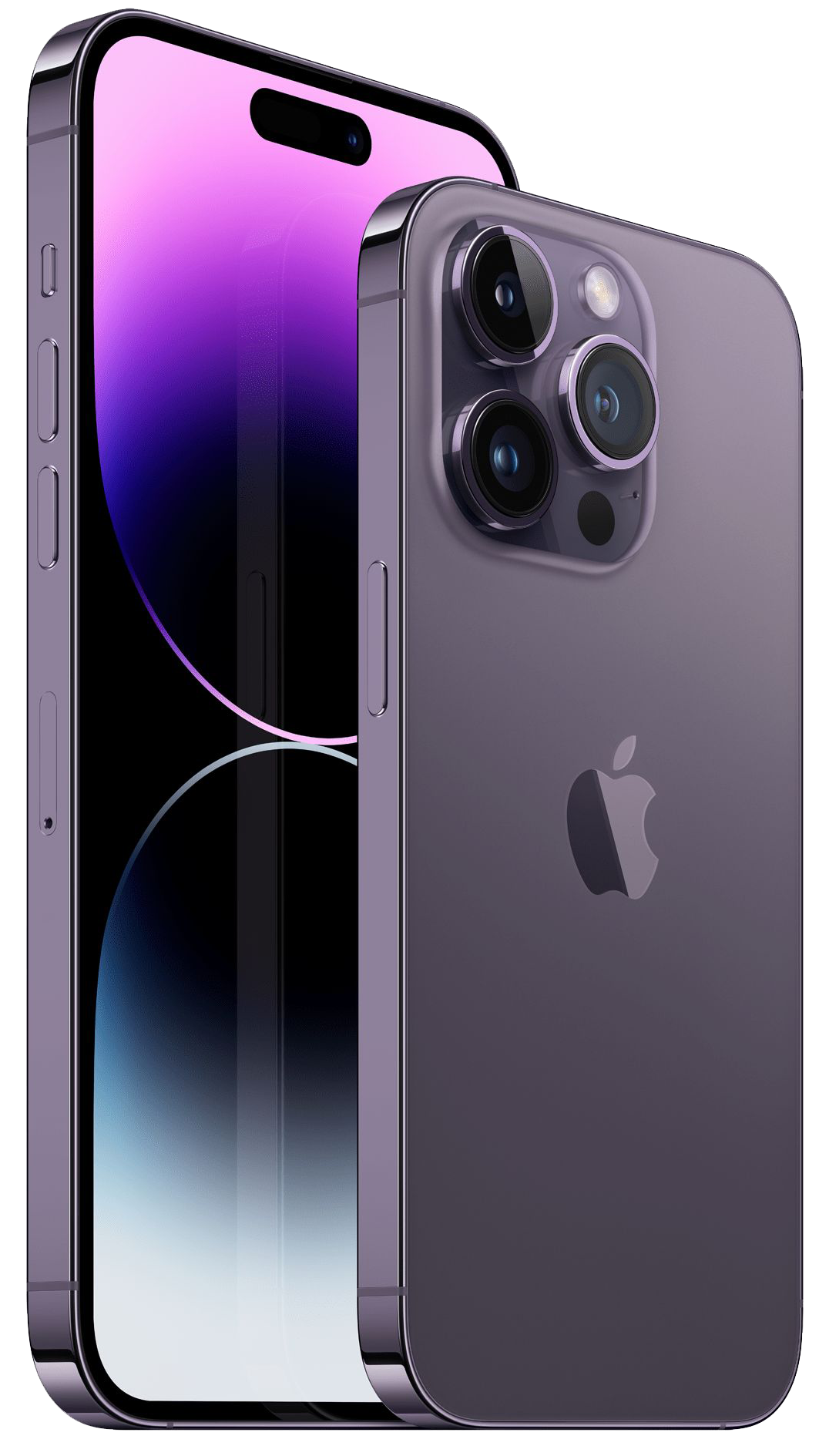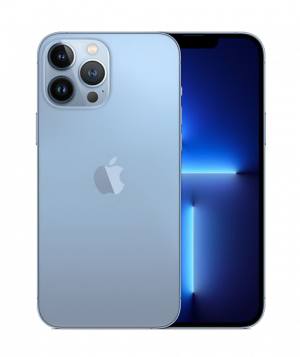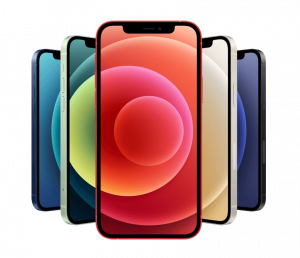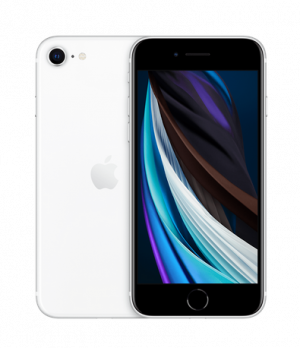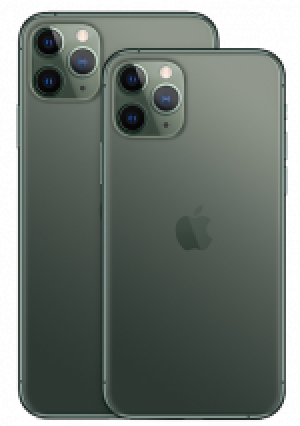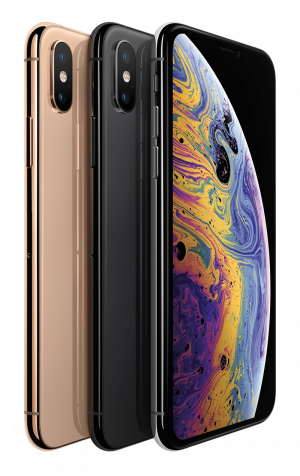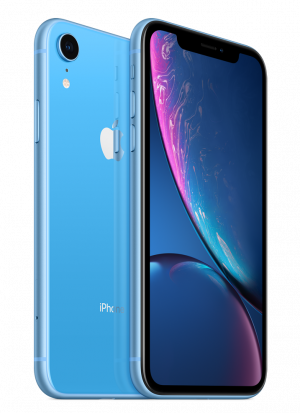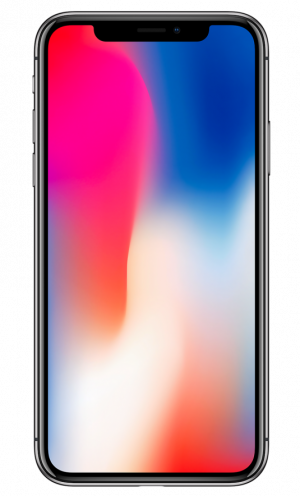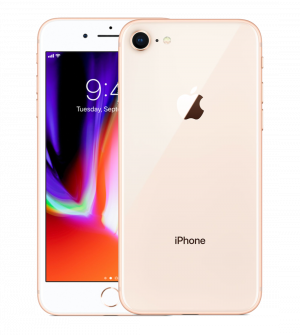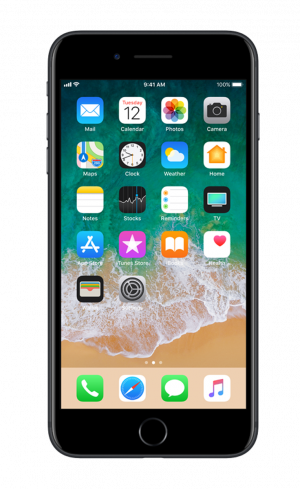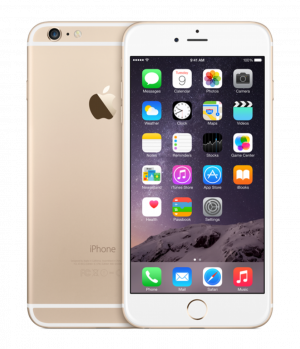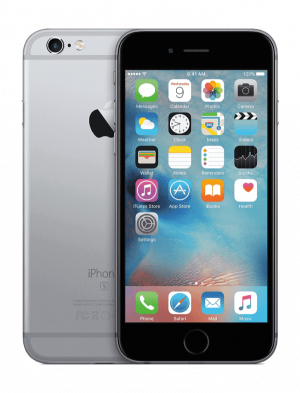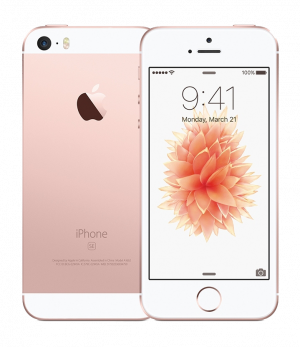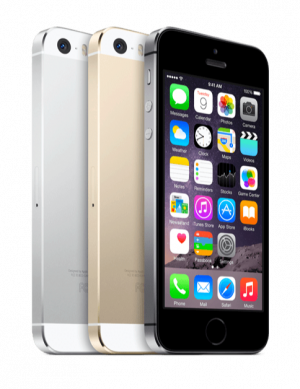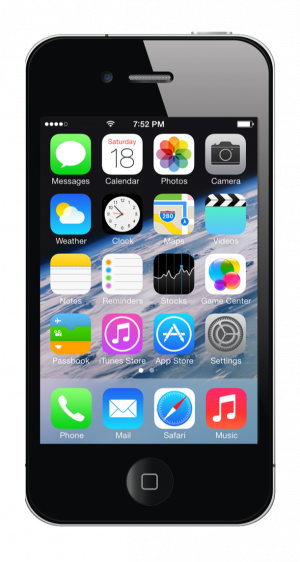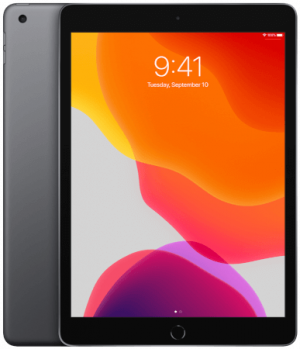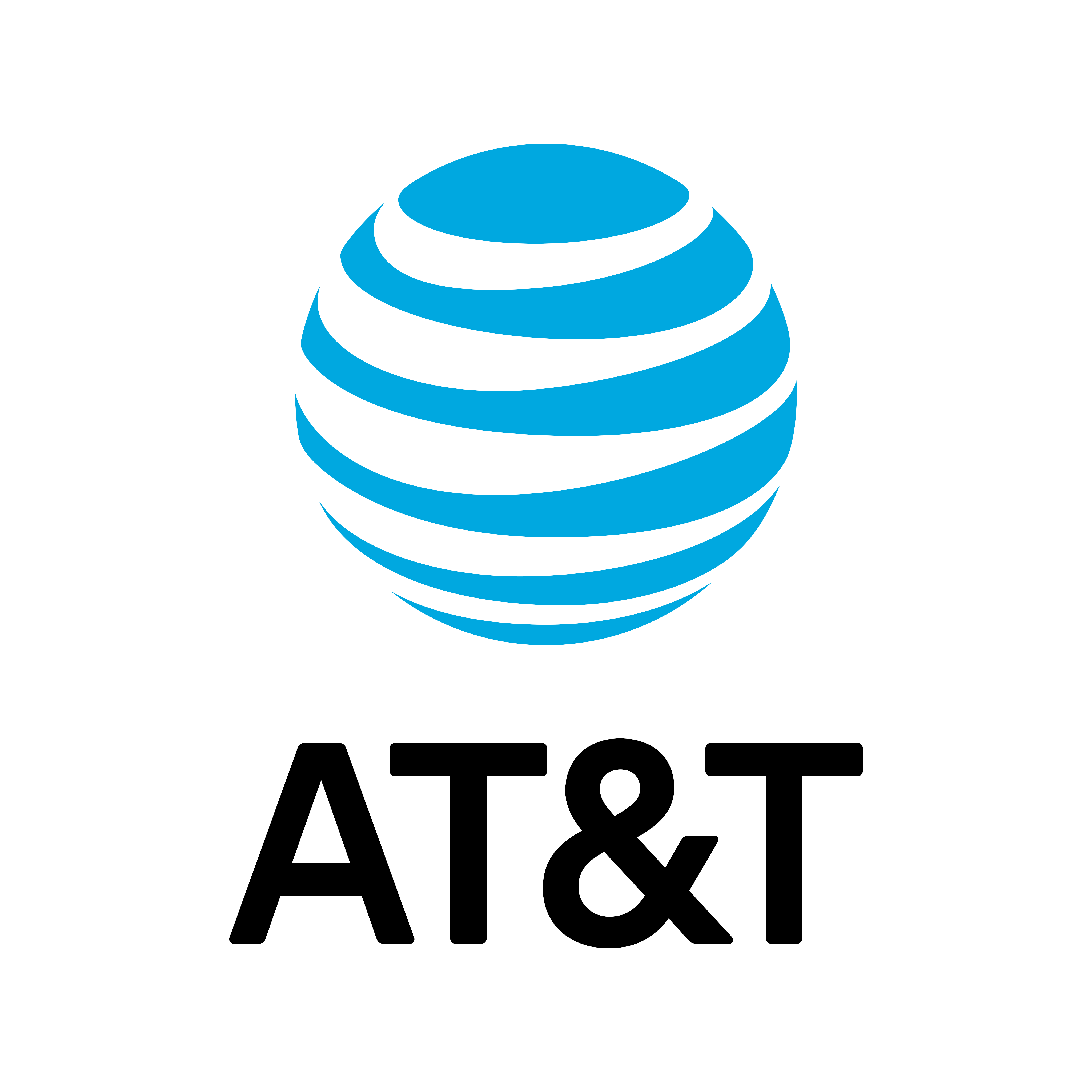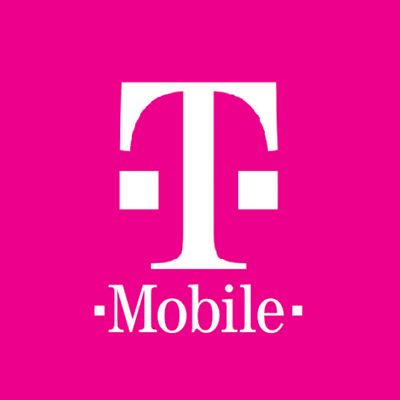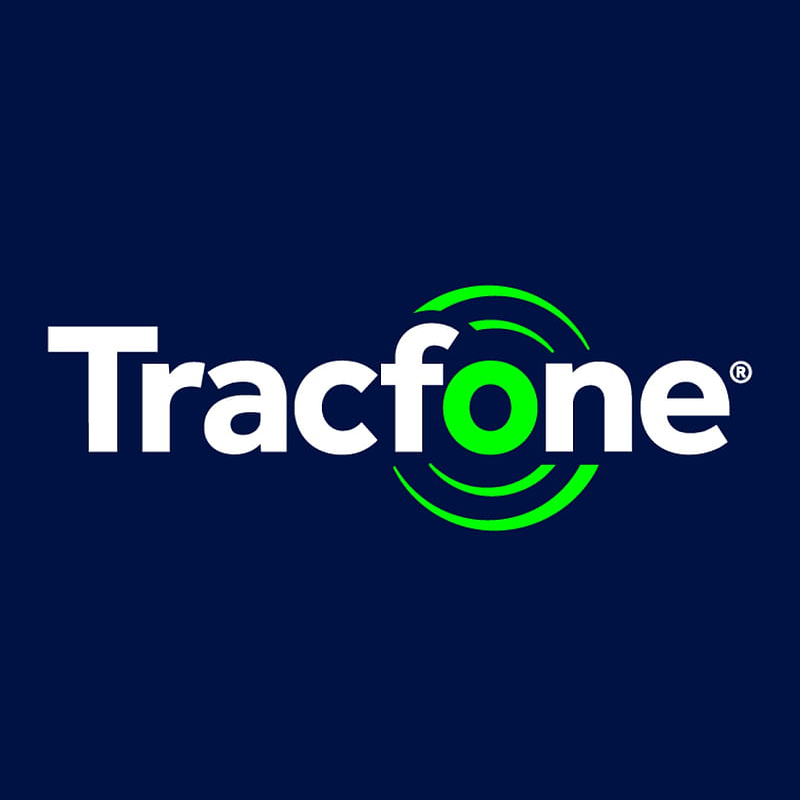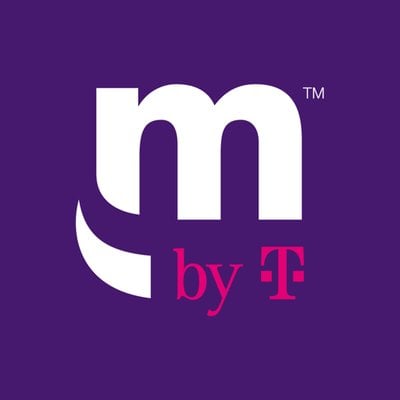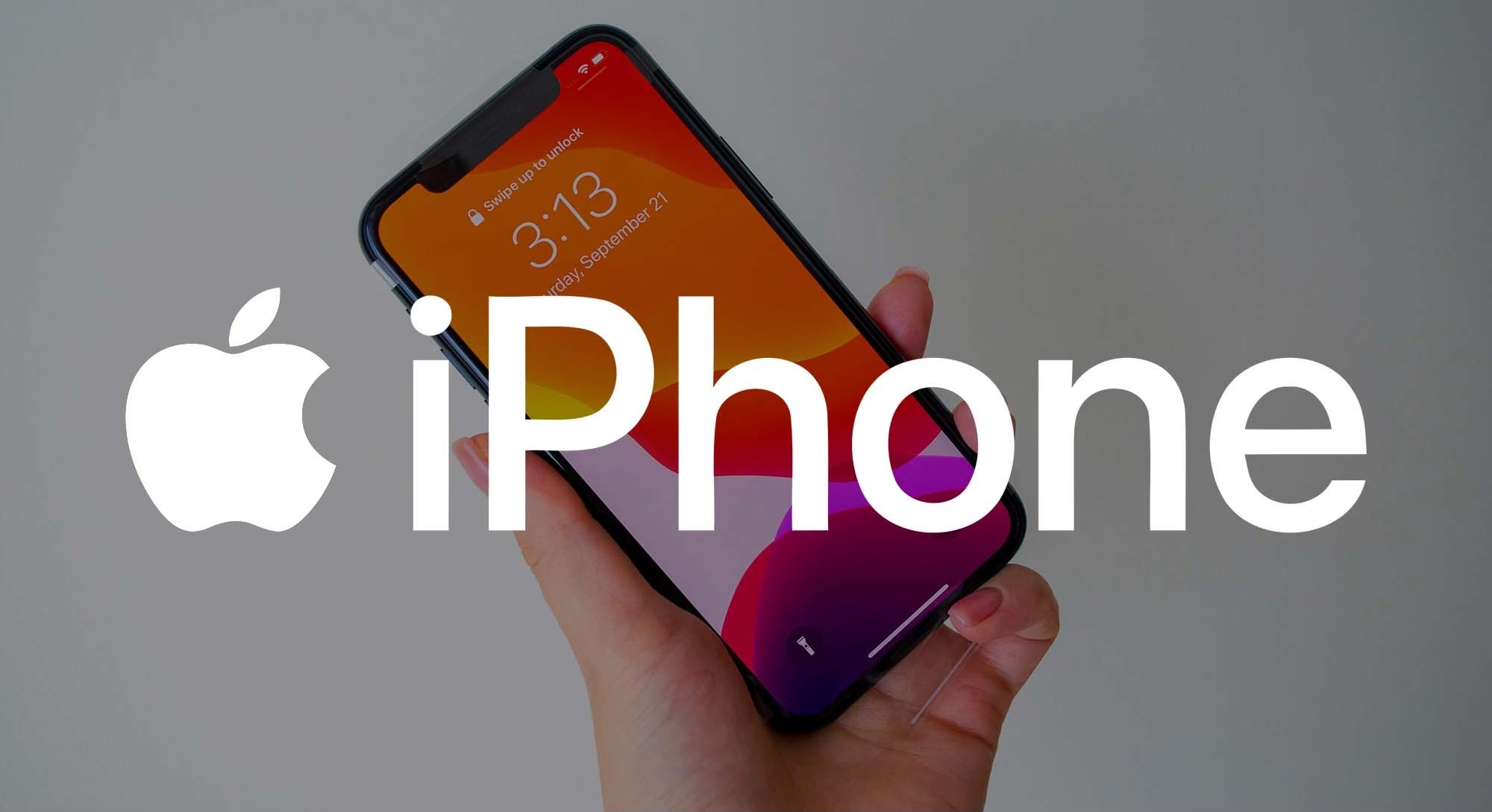
Legal, safe and guaranteed iPhone Unlocks in 3 simple steps using DirectUnlocks
Quickly and easily unlock your iPhone remotely without voiding your warranty
Provide your device details
Choose the network of the phone you wish to unlock and supply the IMEI number. We'll autodetect the model for you.
We process your unlock
Once payment is received, we process your unlock remotely. We check your order and make sure you have selected the right network and fix it automatically if you made a mistake. You can track your order progress using the tracking page. Most unlock codes are generated within 15 minutes and if we have to get them from the manufacturer - 24 hours.
Phone is ready
Your device is unlocked reliably, legally and permanently and confirmation of this is sent to you via Email and SMS. Apple devices are unlocked over-the-air, and other devices are unlocked via a code. If at anytime you need help or have questions our staff are available 24/7.
Our fast, legal and Apple-sanctioned iPhone unlocking service is compatible with all versions of iOS, up to and including the latest version of iOS 17. We can unlock all models - including the latest iPhone 15.
Having made payment, your IMEI will be marked as whitelisted in Apple’s IMEI database, giving you a permanent official unlock, with no risk of voiding your warranty and always allowing you to update to the latest version of iOS.
Your unlock is delivered remotely “Over-The-Air” using either WiFi or cellular connectivity, with no need to connect your iPhone to a computer or to restart your device. You can continue to use your iPhone as normal, with no interruption to service. Once you receive the SMS from us that your iPhone is unlocked, you are then free to place any sim in the device.
DirectUnlocks has a 100% success rate
Rated 4.7 out of 5 based on 17,898 Verified Reviews
Frequently asked questions
-
DirectUnlocks is one of the quickest providers of worldwide and cheap unlocks for the iPhone. We usually unlock your iPhone instantly, sometimes this can be a little bit longer depending on a few factors. We offer a live tracking service to keep you up to date on progress.
-
Never. We unlock your iPhone 'Over-The-Air' using 3G/4G or WiFi or by sending you an Unlock Code - our method is completely remote. Your iPhone is secure during the whole process and there will be no interruptions to your service.
Tracking is available throughout the unlock process and you are notified via SMS and Email when your handset is unlocked.
-
Using the IMEI method is the recommended and most secure way to unlock your iPhone and is done remotely from the comfort of your home.
It is a permanent, manufacturer approved, and fully warranty compliant solution ensuring your iPhone never re-locks.
-
Unlocking with us is super fast - just provide us with your 15 digit IMEI number (Dial *#06# on your iPhone) and the network your handset is locked to, our system will automatically process your device by remotely identifying it and requesting an official manufacturer unlock.
-
Even though we offer a Network Checking Service - all of our unlocks come complete with a thorough check as part of the process.
If an incorrect network selection is made, we will automatically adjust this at no additional cost to ensure that your iPhone is unlocked from the appropriate network.
-
In March 2013, the Obama administration and the Federal Communications Commission expressed the opinion that consumers should be able to switch carriers and keep their existing phones in response to a successful petition on the WhiteHouse.gov platform.
The Unlocking Consumer Choice and Wireless Competition Act was signed into law on August 1st, 2014 and as a result it is now completely legal to unlock your phone.
-
No! It doesn't matter what sim card is in the device when you unlock it. Of course, you should test it with a different sim card just to confirm to yourself that the procedure went well.
-
You can use your iPhone as normal during the unlocking procedure, it doesn't matter if it is on or off.
-
Yes, we can unlock unlock iPhones which are still under contract without issue.
-
We unlock the latest iPhones! Whether you got them on a subsidised plan through your carrier or not.
Unlock your iPhone from these USA networks:
Can't see the network your iPhone is locked to? Click here to view our full network list
Why unlocking your iPhone is a great idea:
- Avoid expensive roaming charges -
Data plans are notoriously expensive when travelling and adding roaming plans, especially in this data-hungry, Instagram era!
Rather than adding a temporary package to your account, having an unlocked phone means that you can buy a prepaid SIM card or localized SIM card from a local shop at a better rate, allowing you to use your phone abroad just like at home. - Selling your iPhone for more money - If you come to sell your iPhone, an unlocked version will be worth a lot more money.
- Switching Service Providers - Network providers often compete with one another, trying to one-up each other with new features, cheaper costs, and of course making contracts easier to get out of. For networks that still offer contracts, their phones are discounted and subsidised through the plan, which means they come locked.
Using DirectUnlocks you can avoid expensive termination costs and unlock your iPhone for a relatively low price. - With DirectUnlocks: Your phone warranty remains valid
- The official method approved by manufacturers and the network carriers
- The quickest, cheapest and most secure way to unlock your iPhone with a money-back guarantee.
- Unlock your iPhone from the comfort of your own home.
- Save money with a network unlock.
- You can use your iPhone during the unlocking process without restrictions.
- Once the mobile phone is unlocked we'll tell you via SMS and email, containing instructions and an unlocking code if necessary, then you can simply pop another sim card in.
- Permanent and 100% legal.
- Check your iPhone unlock status during the unlocking process without restrictions.
Why is DirectUnlocks the best phone unlocking service?
DirectUnlocks remote IMEI unlocking service is the best place to get your phone unlocked. We use our status as a technology recycler to get Fast Phone Unlocks
Speedy delivery, outstanding customer service.
The majority of our phone unlocks are done in under 15 minutes. If we have to go to the manufacturer for your unlock it's just 24 hours. Paired with our live order tracking and dedicated customer service team you know you're in great hands.
Completely remote SIM unlocking.
iPhone Unlocks are delivered 'Over-The-Air' using 3G/4G or WiFi. Android unlocks are delivered via a code to type into your phone. Your phone stays with you during the whole process and we never interrupt your cellular service.
Permanently Unlocked
Our unlocks are achieved by whitelisting your phone IMEI in your manufacturer's database to allow for a permanent worldwide unlock that doesn't affect your warranty.
Fantastic value, fast unlocks.
We offer the fastest, cheapest and most trusted unlocks available on the market - fully manufacturer approved.
Popular iPhone Devices
- Unlock iPhone 11 Pro
- Unlock iPhone 11 Pro Max
- Unlock iPad
- Unlock iPhone SE 2020
- Unlock iPhone 12
- Unlock iPhone 12 Pro
- Unlock iPhone 12 Pro Max
- Unlock iPhone 12 Mini
- Unlock iPhone 13
- Unlock iPhone 13 Mini
- Unlock iPhone 13 Pro
- Unlock iPhone 13 Pro Max
- Unlock iPhone 14
- Unlock iPhone 14 Pro
- Unlock iPhone 14 Pro Max
- Unlock iPhone 14 Plus
